Sustainability
“Ultimately conservation is about people. If you don’t have sustainable development around these wildlife parks, then people will have no interest in them, and the parks will not survive.”
Nelson Mandela
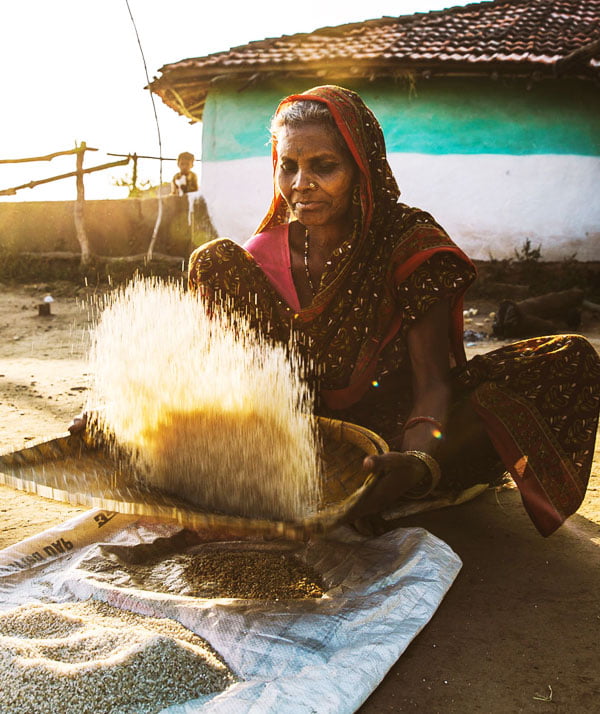
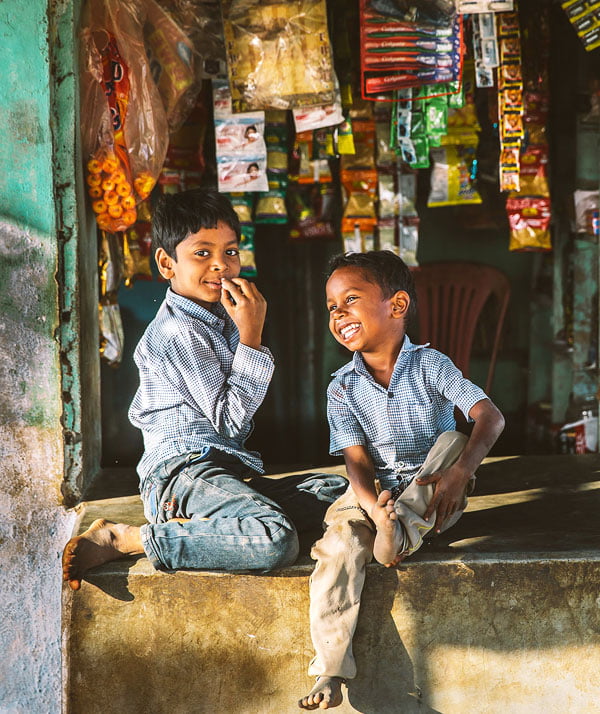
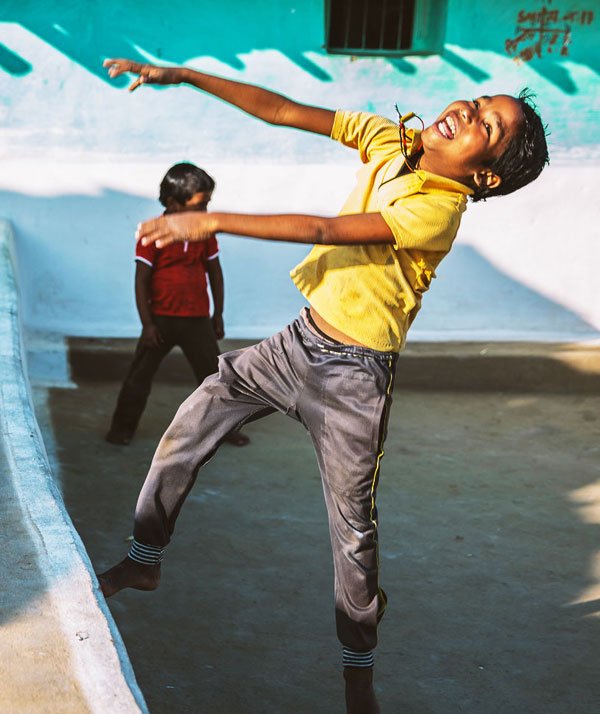
United Nations defines Sustainability as ‘meeting the needs of the present without compromising the ability of future generations to meet theirs’. And set out three pillars to achieve its goals – Economic, Environmental, and Social.
Sustainability has been at the heart of Jamtara from the start. We have strongly believed that without community, there is no wildlife. They are the ultimate guardians of our jungles and it is them who face challenges on a day to day basis through human wildlife conflict, while suffering loss of crops to Deer or Wild Boars, losing Livestock to leopards, tigers or Wild Dogs, Or coming face to face with a Bear when they are least expecting it. Hence, our involvement is essential in development of the communities that live around wildlife. It is not an outsider who is coming to poach our wildlife, but local villagers are incentivised with money, when they do not see a benefit in keeping our wildlife alive.
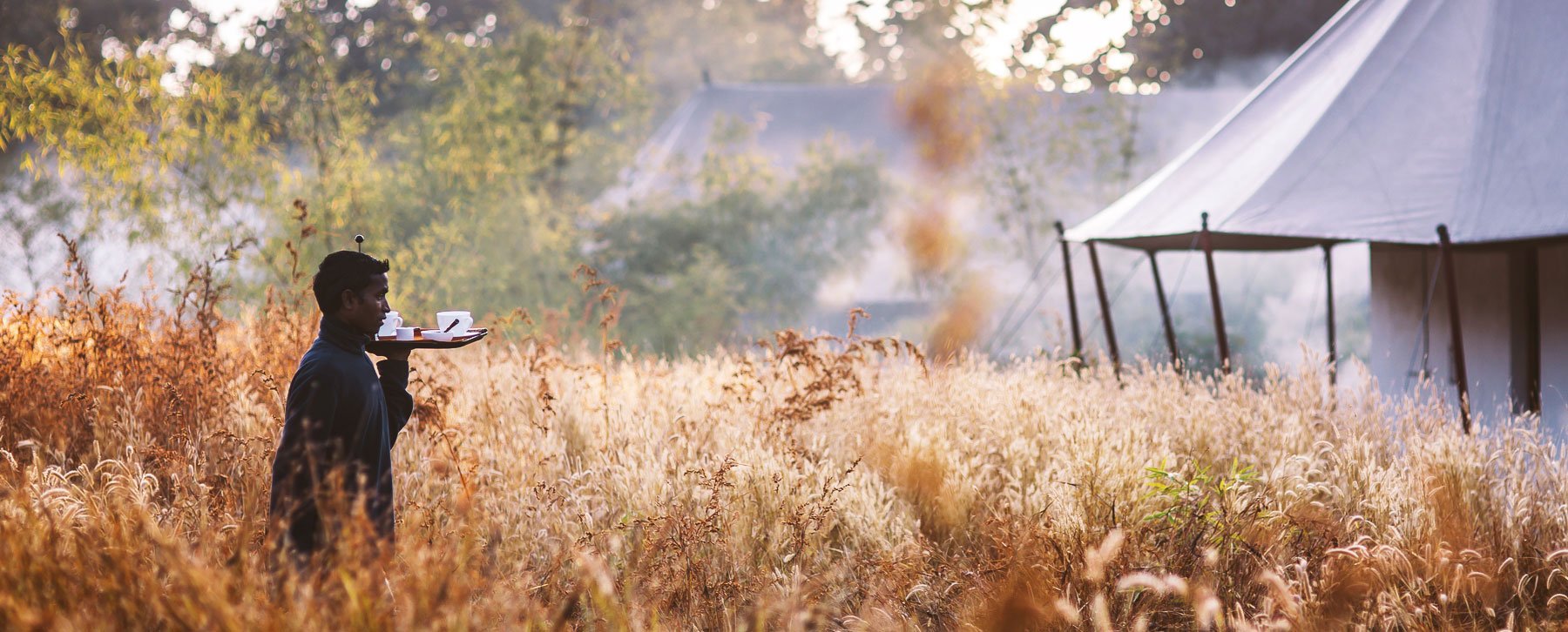
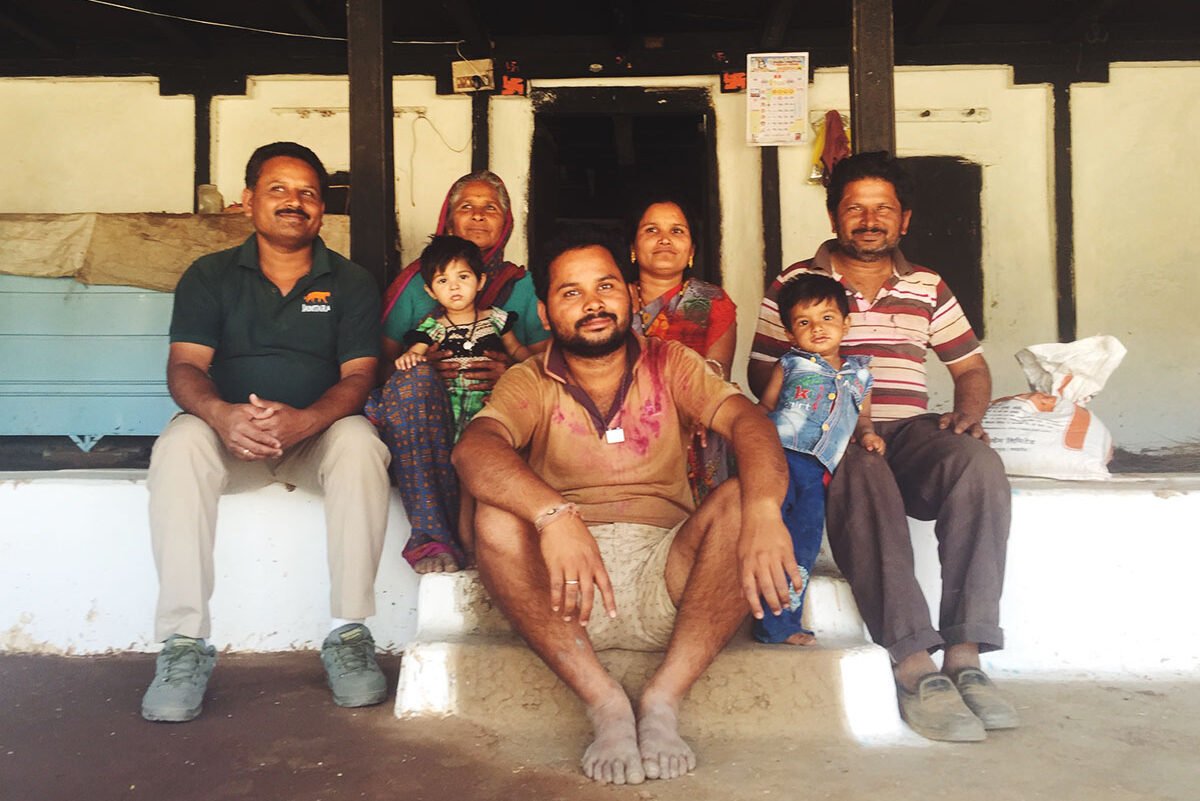
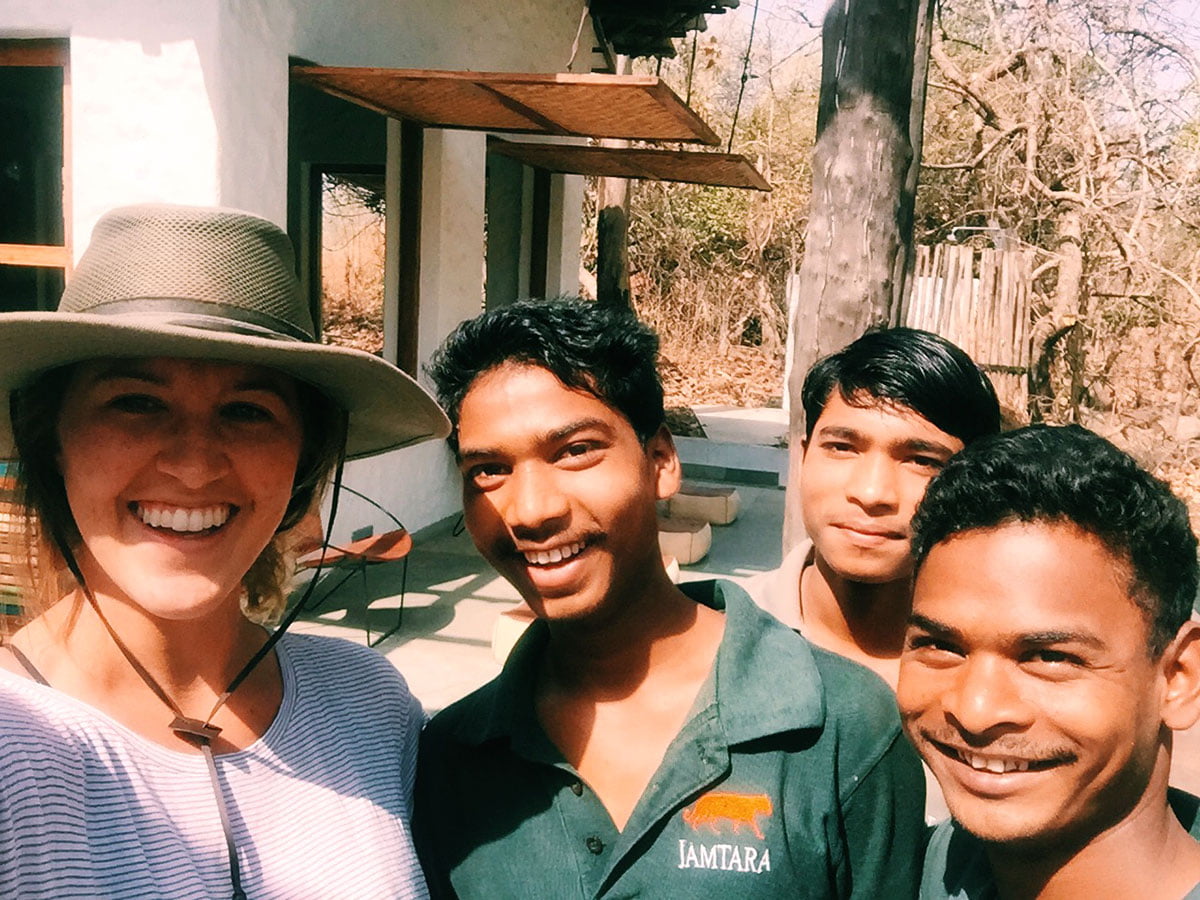
Social and Economic
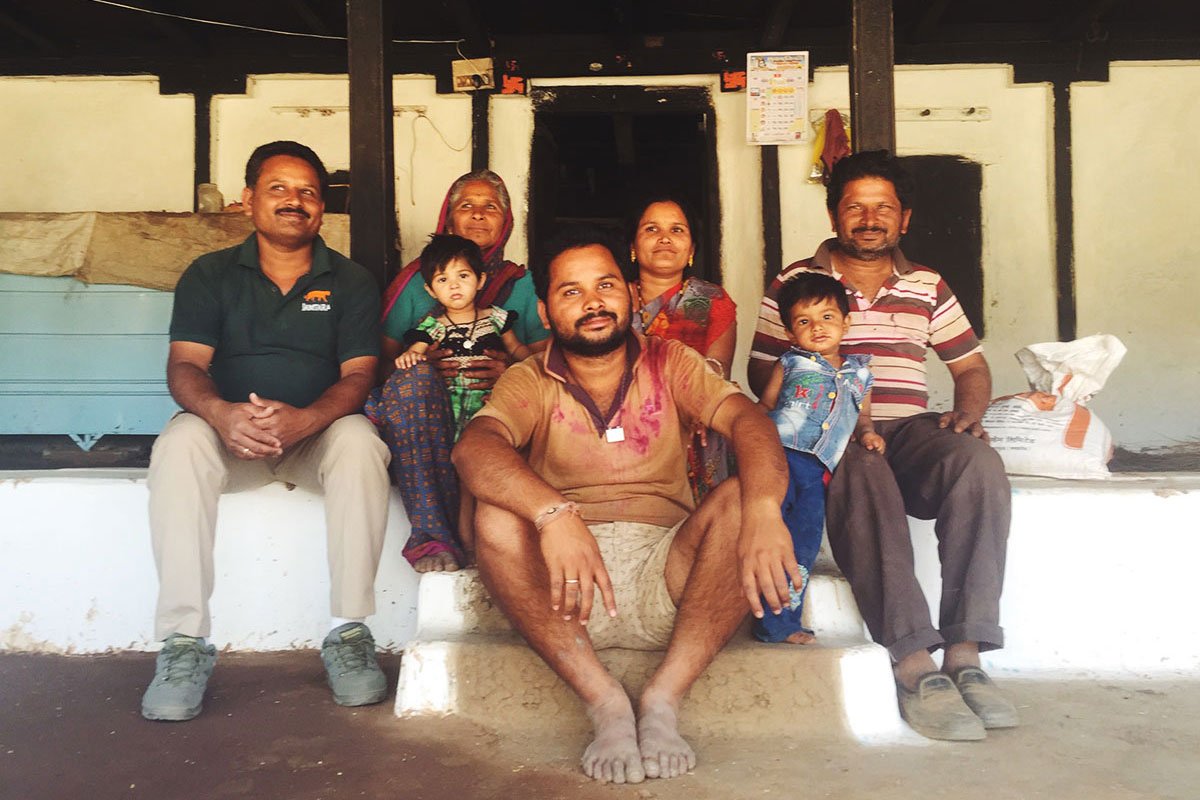
Community
Employment
From the start, the majority of staff have been from the local villages. Employing just local people does not define sustainability, but the overall development of their skill set, self development and rise in their ranks through better training, gives them and their children hope for a better future.
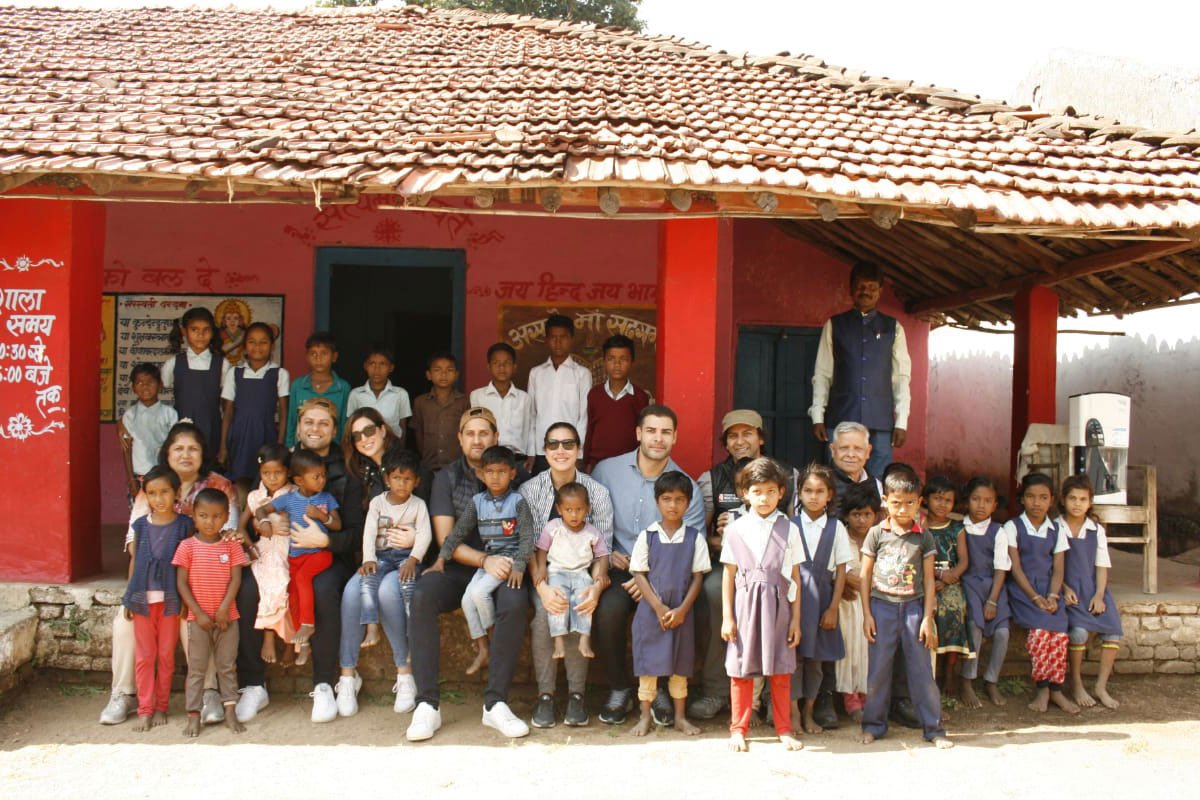
School
Involvement
We just mentioned children and one of my father’s favourite phrases was – ‘Catch Them Young’. If we can help educate and support the local schools in our areas, it will result in increased confidence among their parents for safeguarding our environment. Jamtara has been involved in many different ways in two local schools. From supplying clean water, repairing their roofs, the regular contribution of books, tables, and participation in their annual functions where the majority of the plays are done to protect the environment. JWC went one step ahead and hired a liaison office between the community and the camp. This employee’s job is to educate in the local schools, learn about day to day problems of nearby villagers, medical needs of the village, coordinate with local government, regular documentation of crop loss, etc.


Food
Although we have a small vegetable garden of our own, but we strongly believe in encouraging the farmers living near us to grow fresh vegetables. Rather than growing ourselves, the economic benefit should go back to the community while giving our guests a complete farm to table experience.
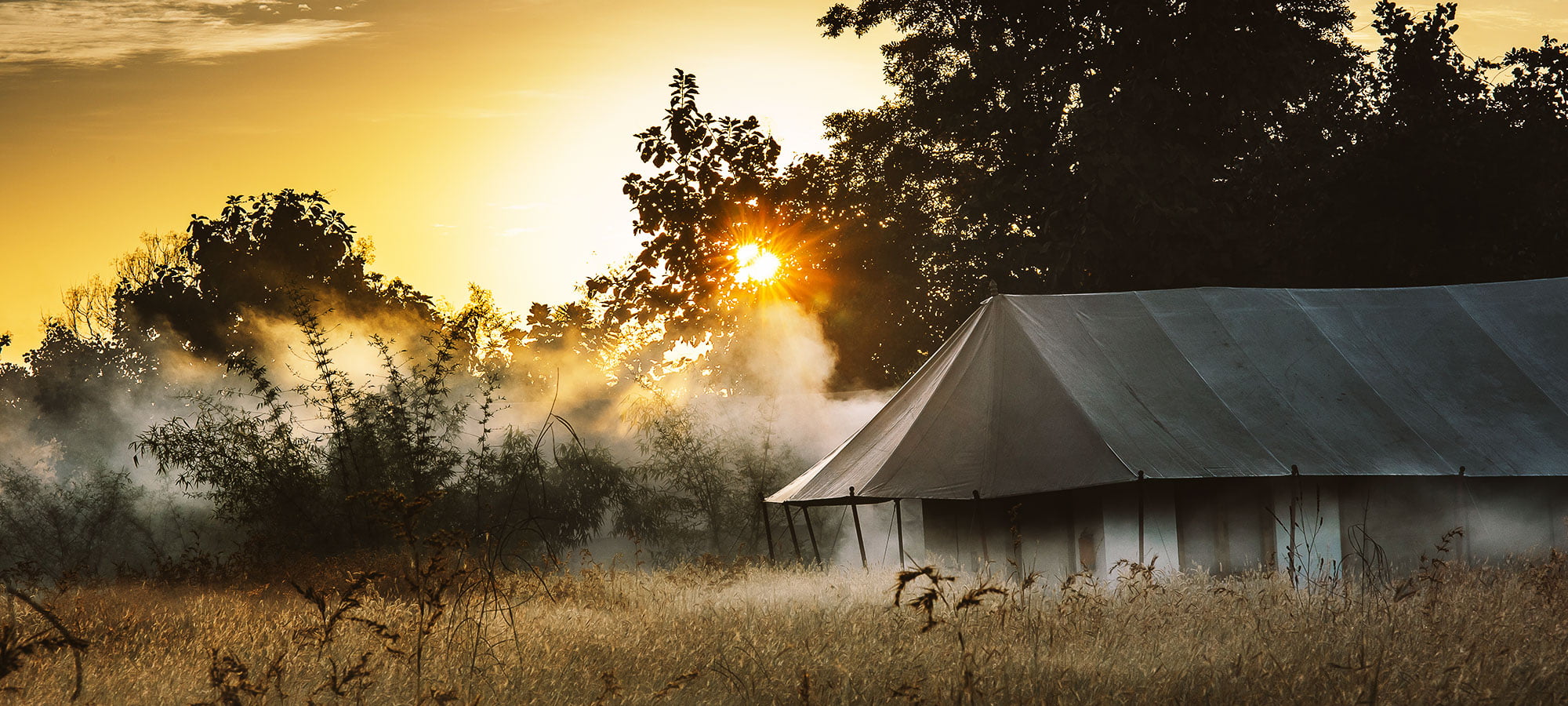
Environment

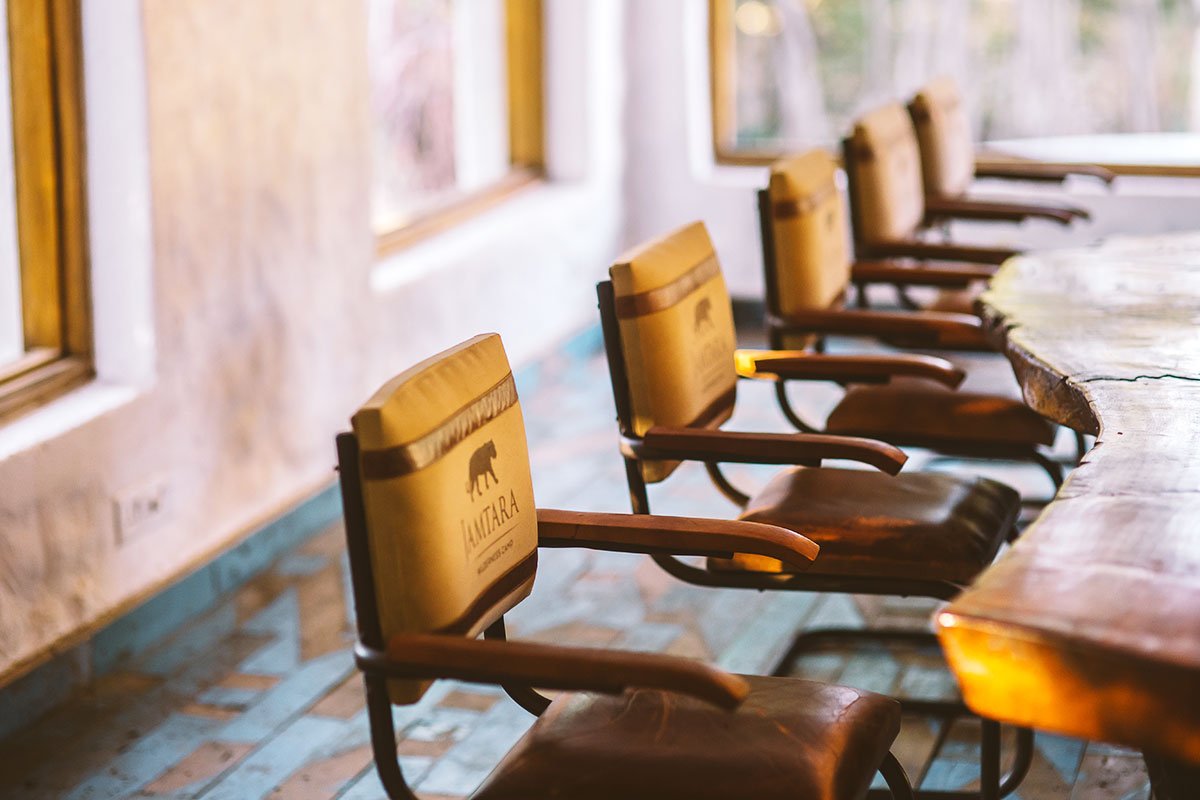
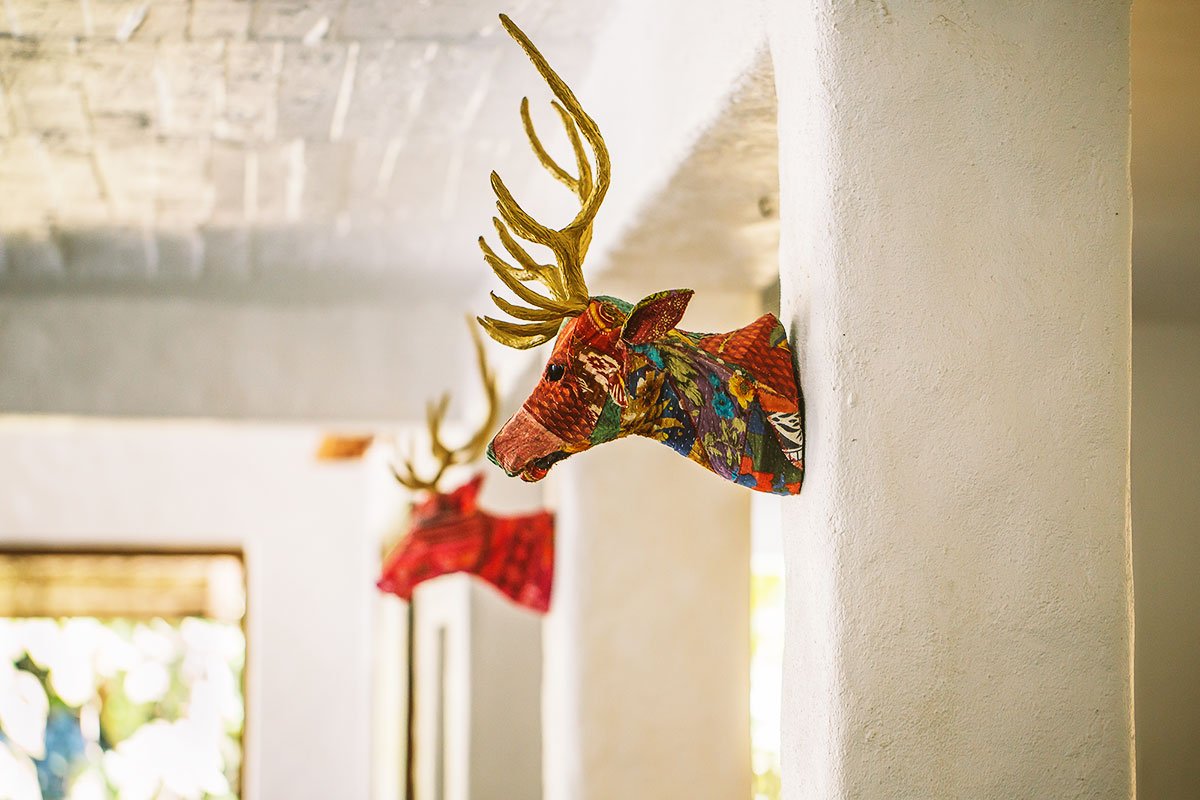
Design
The entire camp is designed to cause the least impact on our mother nature. A major emphasis on reclaimed wood and furniture. From our solid wood dining tables that are made from logs of mango trees to the artistic blue flooring which was reclaimed from government buildings and schools in Central India, each piece has its own story to tell. In all our rooms, you will find 70’s art deco furniture once used by Embassies based in Delhi, desks that belonged to the Supreme Court, and seasoned wooden floors made from the decks of ships. The chairs in the dining hall come from old forest rest houses and sofas from a ship captain’s library. As you can see, that idea is to merge sustainability and Art.
But above all, the camp dismantles beginning of May every year and is rebuilt by late September. The tents come down, the flooring comes out, and everything packs into the only solid structure of the room, which is the bathroom. The dining hall acts as a protection of all the bigger furniture and seals everything in one building. Nature takes over through the monsoon. Streams start to flow, wildlife takes refuge near the tent structures, and our impact on the land is minimized.
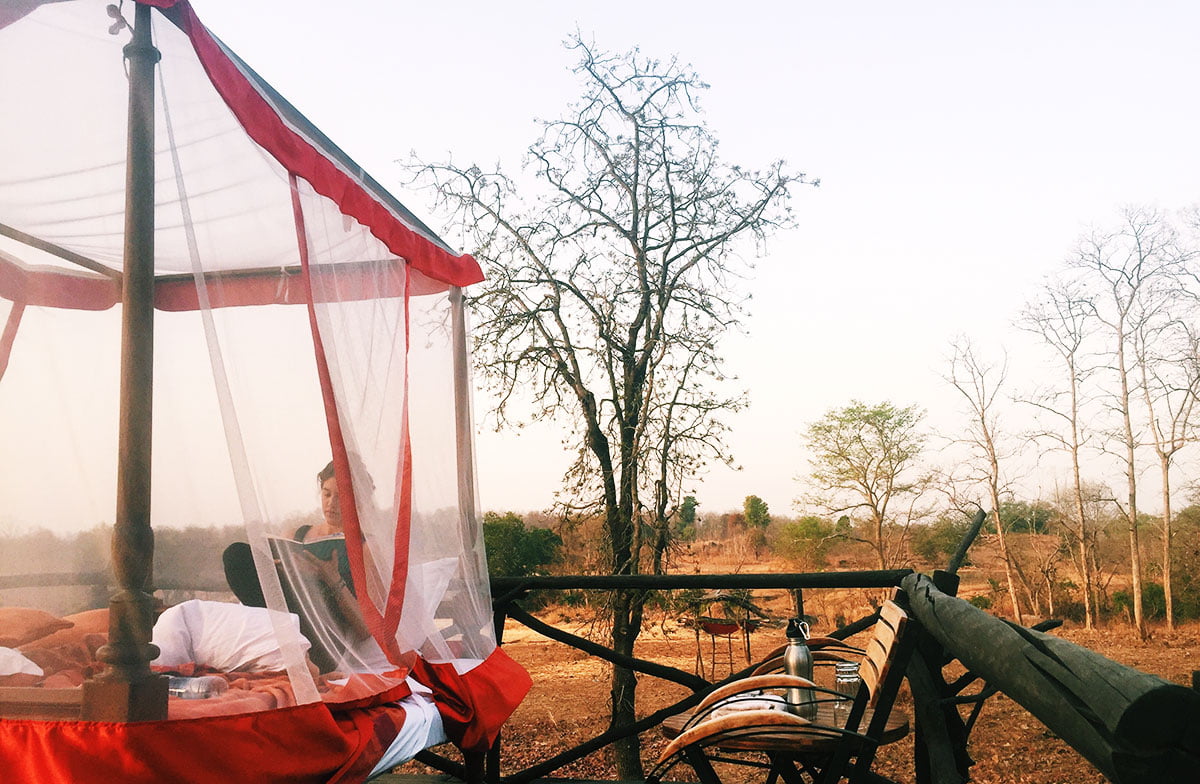
Star Bed
An initiative that was started as a revenue-sharing model with a villager, and has hopes to become a major re-wilding initiative that would unite a major corridor of Pench National Park. We at Jamtara wanted to take this opportunity to let our guests have this unique experience that the villagers have on a daily basis of sleeping under the stars.
The forest takes on a different life of its own under the night sky. Sleeping in the fields with the stars overhead and being witness to the live orchestra of Crickets, Owls, Frogs, Jackals, ceremoniously punctuated by the alarm calls of the Spotted Deer, making you aware of the predator’s presence. It is wilderness in its purest form. Read more about it here

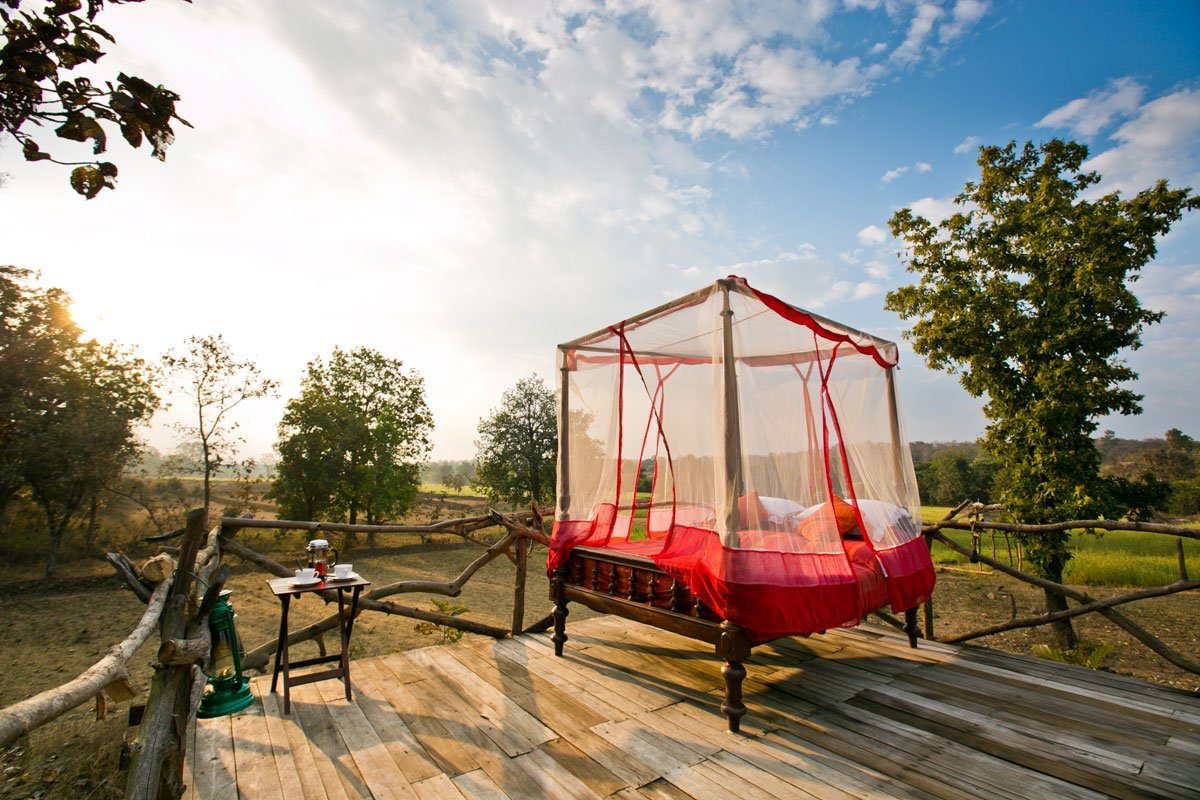
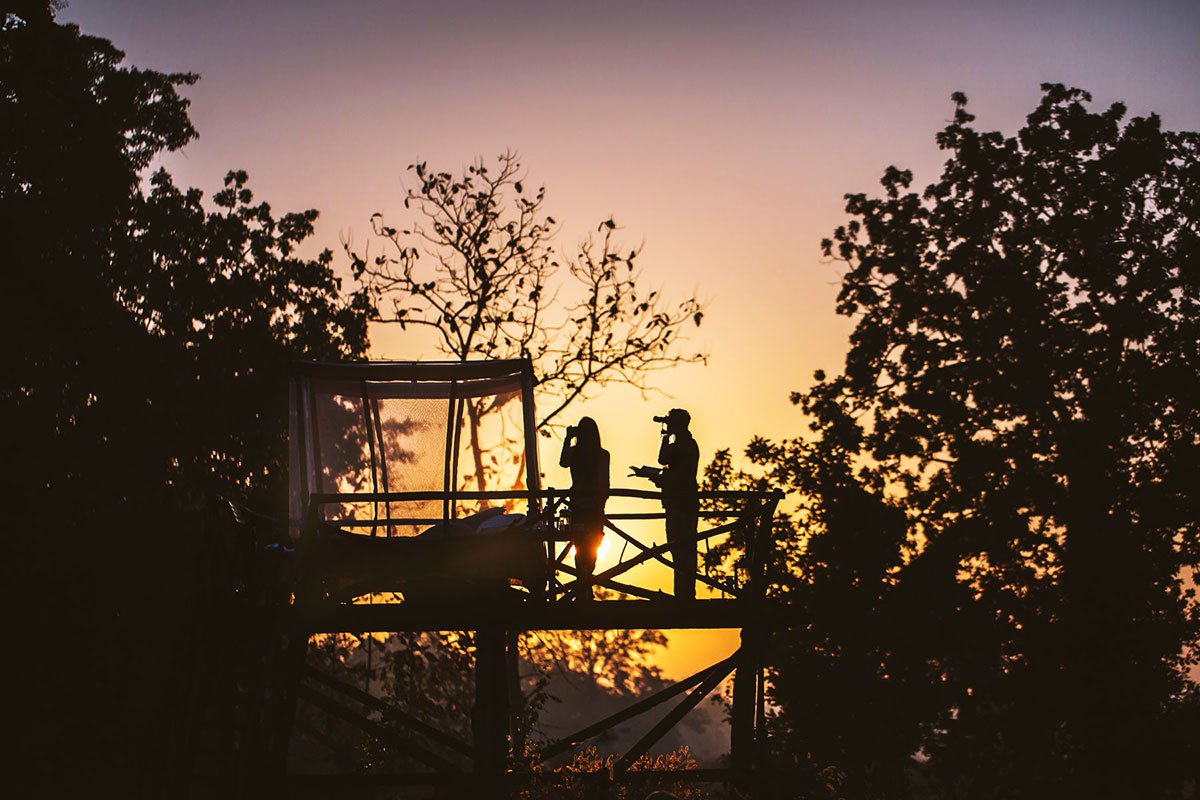
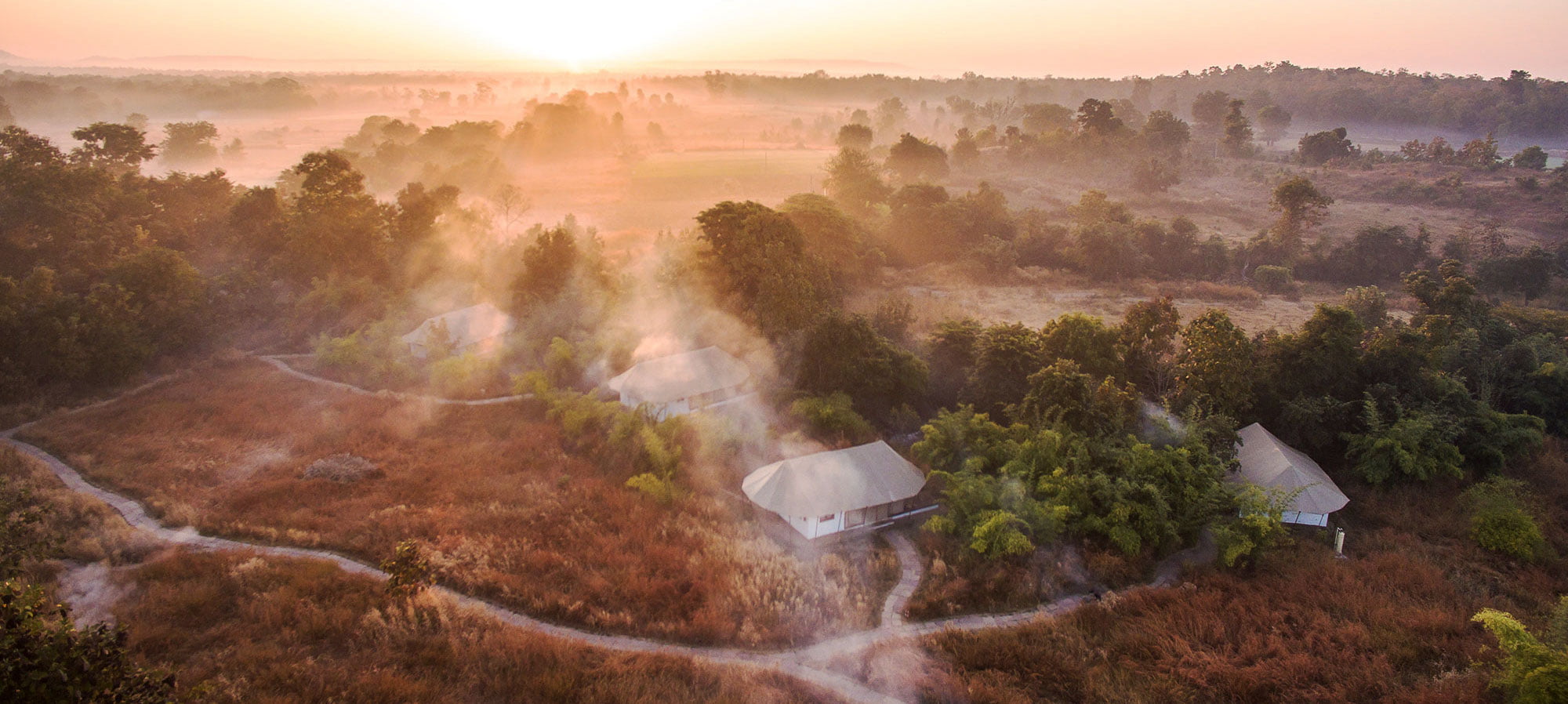
The
Future
The Future
Beyond all the initiatives above, we have not specified the basic day-to-day standards of the industry which every Camp / Lodge / Hotel should be doing. Basic practices of No Plastic, Re-usable Water Bottles (presented to every guest), encouraging re-use of towels, Changing bed sheets only at checkout (unless requested), minimal electricity consumption, food waste management, etc are just some of the basic principles which have been there from the start.
We still have a long way to go. There are many other initiatives JWC will implement as our savings grow. We want to be completely solar-powered, solar haats, work harder to convince farmers to re-wild with us while giving them alternate employment, funding research in the area (which is already happening on a smaller scale), etc are just some of our ambitious goals.
Our Patron
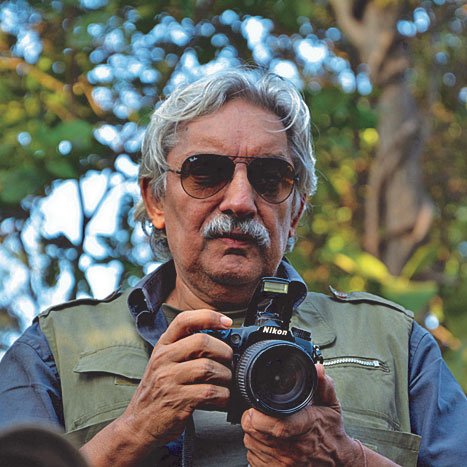
Bittu Sahgal
My family, grandchildren and all, absolutely fell in love with the Jamtara Wilderness Camp. Kailash Sankhala, the first Director, Project Tiger, and Amit's grandfather would have been proud of him and the team he has put together. Sanctuary is working with Amit to rewild the outskirts of the Pench Tiger Reserve in ways that help ensure that local communities become the primary beneficiaries of regenerated biodiversity.
